Discover 15 hidden attractions, cool sights, and unusual things to do in Newcastle (Australia). Don't miss out on these must-see attractions: Miss Porter's House, Bogey Hole, and Fort Scratchley. Also, be sure to include Convict Lumber Yard in your itinerary.
Below, you can find the list of the most amazing places you should visit in Newcastle (New South Wales).
Table of Contents
Miss Porter's House

Miss Porter's House is a heritage-listed former residence and now house museum at 434 King Street, Newcastle West, Newcastle, City of Newcastle, New South Wales, Australia. It was built by John T Owen. The property is owned by the National Trust of Australia. It was added to the New South Wales State Heritage Register on 17 November 2000.[1]
Address: 434 King Street, 2303 Newcastle
Bogey Hole

Public swimming pool in Australia. The Bogey Hole, also known as the Commandant's Baths, is a heritage-listed sea bath in Newcastle in New South Wales, Australia. It is thought to be the oldest surviving European construction in the city area. The pool was hewn from a sandstone/conglomerate rock shelf at the base of cliffs near Shepherds Hill. Lieutenant-Colonel James Thomas Morisset, the Commandant of Newcastle, ordered the construction of the pool by convict labour in about 1820 for his own use.
The word "Bogie" or "Bogey" purportedly comes from the Dharawal language meaning "to bathe" or "a place to bathe"
It was added to the New South Wales State Heritage Register on 21 November 2003.[2]
Fort Scratchley
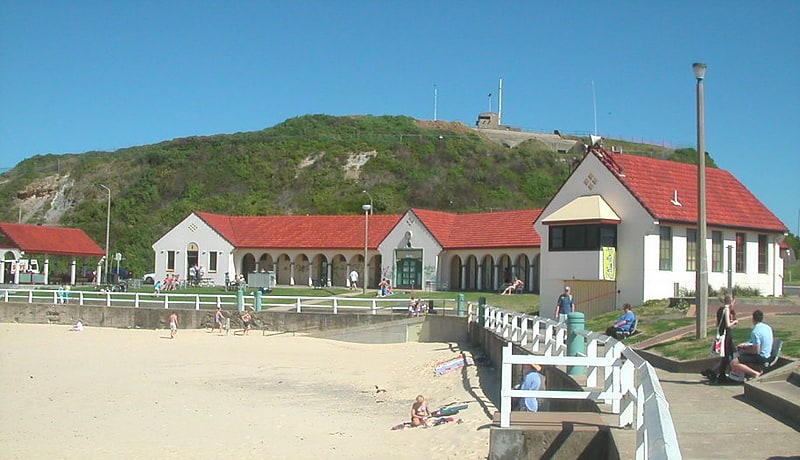
Museum in Australia. Fort Scratchley, a former coastal defence installation, is now a museum. It is located in Newcastle East, a suburb of Newcastle, New South Wales in Australia. It was built in 1882 to defend the city against a possible Russian attack. However, its guns were not fired in anger until 8 June 1942, during the shelling of Newcastle. The Australian Army left the site in 1972.[3]
Convict Lumber Yard
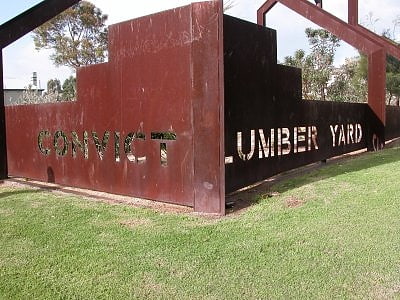
Tourist attraction in Australia. Convict Lumber Yard is a heritage-listed site at 98 Scott Street, Newcastle, City of Newcastle, New South Wales, Australia. Largely an archaeological site, it has been the location of a convict lumber yard, convict stockade and a series of shipping and railway-related buildings. The former station master's residence and paymaster's office survive intact alongside archaeological remains of the site's various other usages. It was added to the New South Wales State Heritage Register on 2 April 1999.[4]
Nobbys Head Light
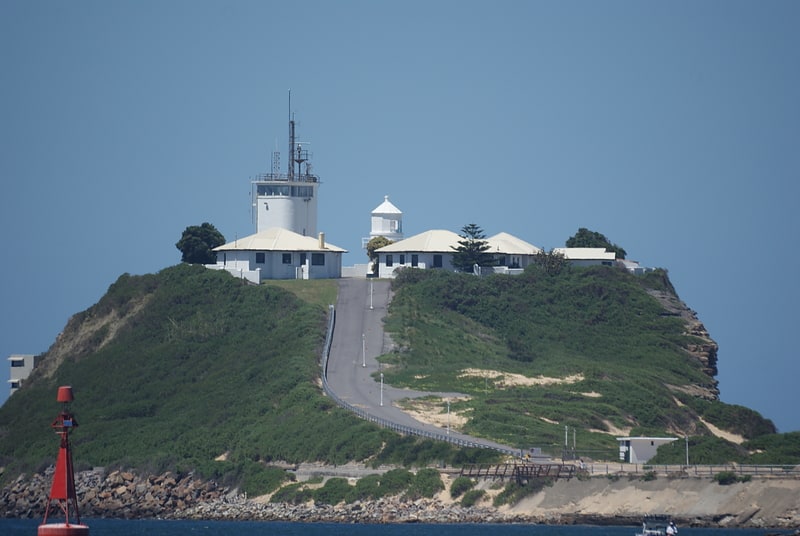
Lighthouse in Australia. Nobbys Head Light is an active lighthouse on Nobbys Head, a headland on the south side of the entrance to Newcastle Harbour, New South Wales, Australia. An image of the lighthouse is included in the Coat of Arms of the City of Newcastle.
The lighthouse is operated by the Newcastle Port Corporation. The headland is managed by the Land Property Management Authority and is open to the public Sundays from 10am to 4pm.[5]
Address: Nobbys Rd., 2300 Newcastle
Coal River Precinct
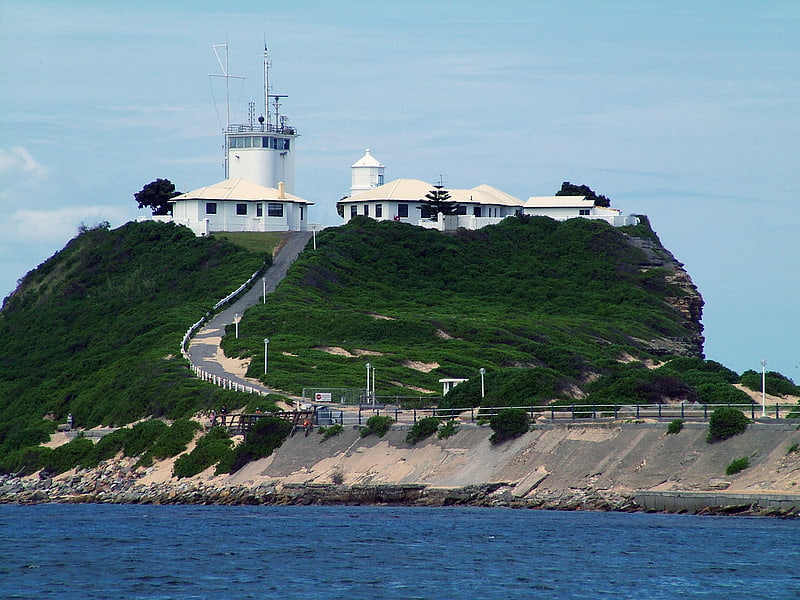
Heritage preservation in Australia. Coal River Precinct is a heritage-listed historic precinct at Nobby's Road, Newcastle, New South Wales, Australia. It was built from 1804 to 1960. It includes Fort Scratchley, Nobby's Head, the Convict Lumber Yard site, Macquarie Pier, the breakwater and Nobby's Beach. It was added to the New South Wales State Heritage Register on 19 December 2003.[6]
McDonald Jones Stadium

Stadium in New Lambton, Australia. Newcastle International Sports Centre, known as McDonald Jones Stadium for sponsorship reasons, is a multi-purpose sports stadium located in Newcastle, Australia. The ground is home to the Newcastle Knights and Newcastle Jets FC. It is owned by the New South Wales Government and is administered by Venues NSW. Due to past sponsorship deals, the ground has been previously known as Marathon Stadium, EnergyAustralia Stadium, Ausgrid Stadium and Hunter Stadium. Newcastle International Sports Centre is also known as Newcastle Stadium when in use during AFC competitions due to conflicting sponsorship reasons.[7]
Address: 294 Turton Road, 2292 Newcastle
Christ Church Cathedral
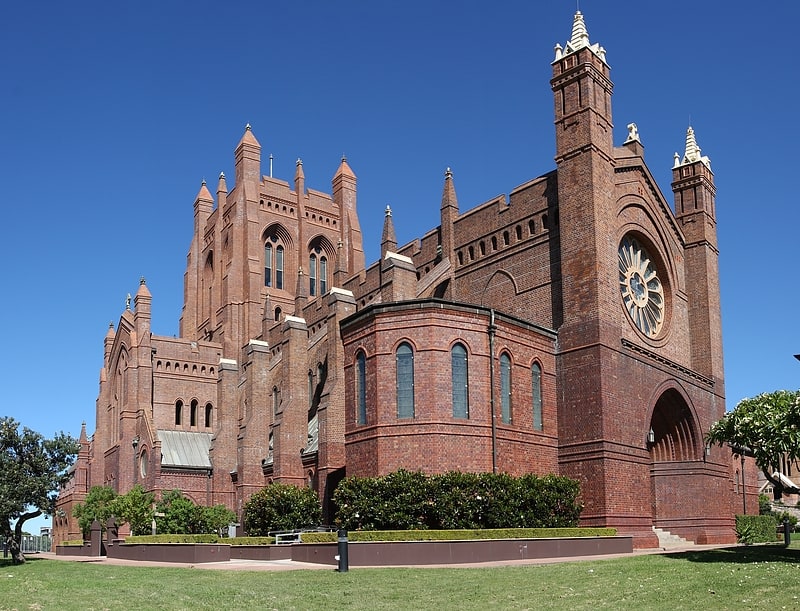
Cathedral in The Hill, New South Wales, Australia. The Cathedral Church of Christ the King, also called Christ Church Cathedral, is an Australian cathedral in Newcastle, New South Wales. It is the cathedral church of the Diocese of Newcastle in the Anglican Church of Australia. The building, designed by John Horbury Hunt in the Gothic Revival style, is located on a hill at the city's eastern end in the suburb called The Hill. It was added to the New South Wales State Heritage Register on 28 June 2011.
The current dean, the Very Reverend Katherine Bowyer (former rector of the Parish of Cardiff), was installed on 4 October 2017. She is the first woman to hold the position.[8]
Address: 52 Church St, 2300 Newcastle
Newcastle Art Gallery
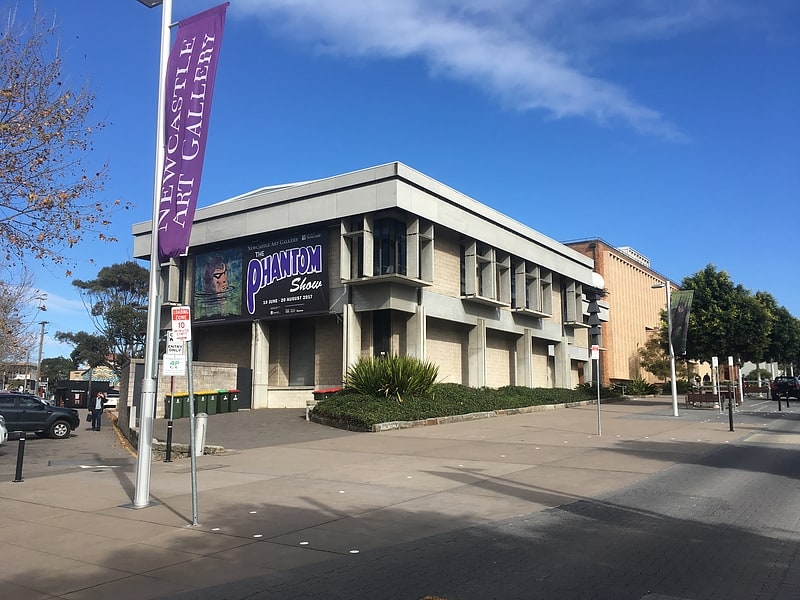
Museum in Cooks Hill, Australia. The Newcastle Art Gallery is a large, public art museum in Newcastle, New South Wales, Australia.[9]
Address: 1 Laman St, 2300 Newcastle
Civic
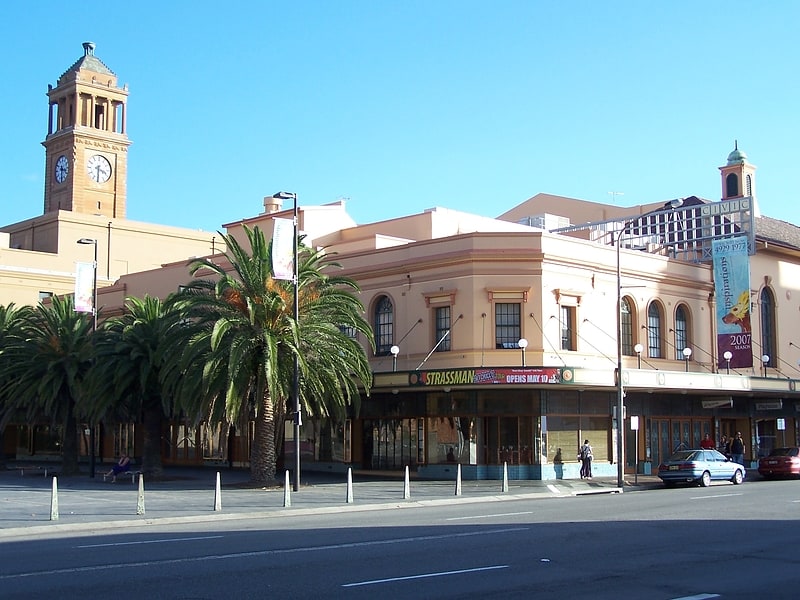
Theatre in Australia. The Newcastle Civic Theatre, also known as The Civic, is a heritage-listed building located on Hunter Street, Newcastle in the Hunter region, in New South Wales, Australia. Opened in 1929 as a cinema, the 1520-seat venue is now the venue for a wide range of musicals, plays, concerts and dance events each year and is the city's oldest surviving theatre.
Together with the Newcastle City Hall, each site is, individually, of state heritage significance, and they are listed jointly on the New South Wales State Heritage Register as the Newcastle City Hall and Civic Theatre Precinct.[10]
Address: 375 Hunter St, 2300 Newcastle
Newcastle Museum
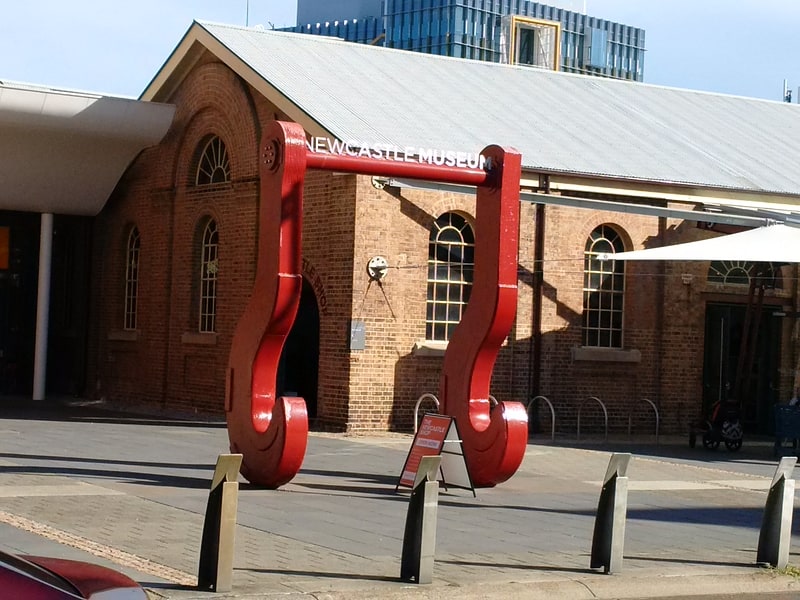
Museum in Australia. Newcastle Museum is in Newcastle, New South Wales, Australia.[11]
Address: 6 Workshop Way, 2300 Newcastle
Nobbys Head
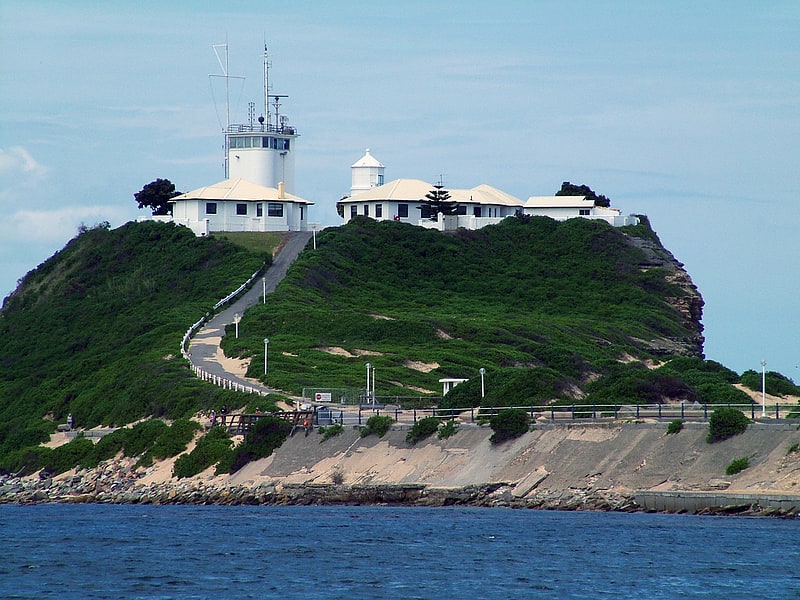
Nobbys Head is a headland located on the southern entrance to Newcastle Harbour, New South Wales, Australia. The headland is situated above the Hunter River and the Tasman Sea of the South Pacific Ocean.
Originally called, Whibayganba by the Awabakal people, European colonists referred to it as Coal Island, and then later Nobbys Island. The Island was connected to the mainland at first by the Macquarie Pier, completed in 1846, 38 years after commencement. The pier was eventually replaced by a breakwater. Sand accumulated along the breakwall to make Nobby's beach, and the sand and plants makes the isthmus appear natural.
The rock consisting of Nobbys Tuff of the original island has significant tunnelling, which was completed during the 1850s using convict labour, with the aim of destroying the island.
Nobbys Head Lighthouse is located on the headland. The lighthouse is the third lighthouse built in New South Wales after the Macquarie Lighthouse in 1818 and the Hornby Lighthouse which was also built in 1858. The lighthouse is included in Newcastle's coat of arms.[12]
Newcastle City Hall
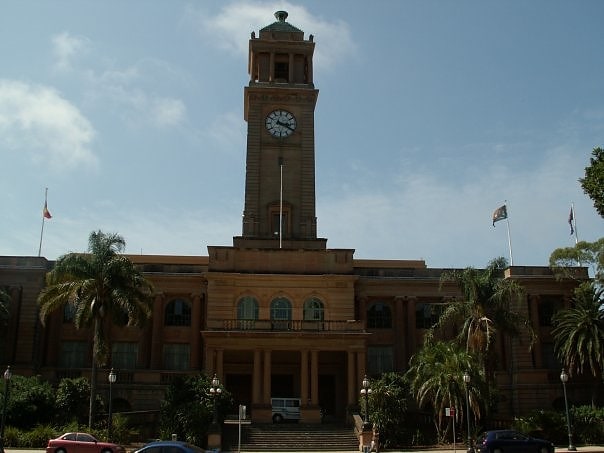
Event venue in Australia. The Newcastle City Hall is a heritage-listed building located in the regional New South Wales city of Newcastle in the Hunter region in Australia. The building served as the city hall for the Council of the City of Newcastle between 1929 and 1977.
The building, located at 289 King Street, was designed by noted theatre architect Henry Eli White and the foundation stone was laid by the Governor of New South Wales, Sir Dudley de Chair, on 20 April 1928. The three-storey building structure is based on a steel frame that supports concrete floors and stone cladding. Local material were used as much as possible, including steel provided at a discount by local steel-maker, BHP. Architectural features include a clock tower, porte cochere, balustrades and stairs, all built with Sydney sandstone. The clock tower is an imposing landmark and distinctive feature of the city sky line, indicating the Civic Centre of Newcastle. The tower is a reinforced concrete and steel framed structure clad in Sydney yellowblock sandstone ashlar with rusticated quoins. Interior spaces include a ballroom, concert hall and additional function rooms.
The administrative offices of the city hall were relocated to the new Civic Administration Centre in 1977, though the council chambers remain. The clock tower suffered some damage as a result of the 1989 Newcastle earthquake, however this was subsequently repaired.
Together with the Newcastle Civic Theatre, each site is, individually, of state heritage significance, and they are listed jointly on the New South Wales State Heritage Register as the Newcastle City Hall and Civic Theatre Precinct.[13]
Address: 290 King Street, Newcastle
Fernleigh Track

The Fernleigh Track is a multi-use rail trail near Belmont in New South Wales. The track was constructed in the way of the former Belmont railway line. The project is a joint venture between Newcastle City Council and City of Lake Macquarie. The track extends from Adamstown to Belmont over an approximate distance of 15.5 km. The former railway closed in December 1991. The first section between Adamstown and Burwood Road opened in 2003. Construction has continued in stages with the final section between Jewells and Belmont completed in March 2011.
The abandoned Belmont railway line was a coal haulage and passenger rail line from Adamstown to Belmont. In 1880 a rail line was built to Redhead with the line being extended to Belmont in 1916. At one stage there was talk of extending the line to Swansea.
A feature of the conversion of the former railway to a multi-use trail is the retention of many industrial heritage features. The trail passes through the brick-lined Fernleigh Tunnel under the Pacific Highway.
At the site of the former Kahibah station, the cycleway is crossed by the Great North Walk, a 250 km (155 mi) walking trail connecting Newcastle and Sydney. The track also passes through the centre of the Glenrock Lagoon catchment.[14]
Port of Newcastle
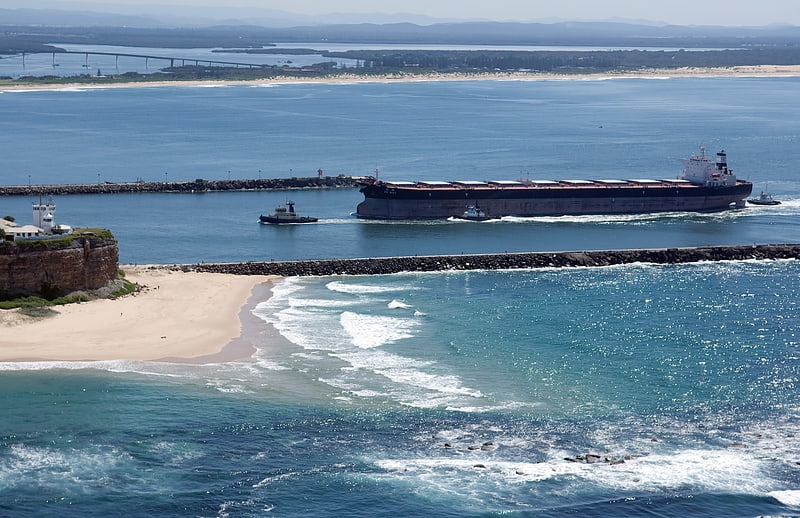
The Port of Newcastle is a major seaport in the city of Newcastle, New South Wales Australia. It is the world's largest coal port.
It is made up of facilities in the Hunter River estuary. The port was the first commercial export port in Australia and is the world's busiest coal export port. Annual exports of coal from Newcastle exceeded A$15 billion in 2012–13. Newcastle berthed more than 2,200 ships a year in 2012–13.
The port's harbourmaster is the Port Authority of New South Wales. Cargo facilities are operated by Port Waratah Coal Services and Newcastle Coal Infrastructure Group at Kooragang Island; as well as other operators at Mayfield, Carrington and Walsh Point. There are also plans to build a cruise terminal.
In April 2014 Premier Mike Baird and Treasurer Andrew Constance announced that a “a consortium which comprises Hastings Funds Management and Chinese state-owned China Merchants” had successfully bid $1.75 billion for a 98-year lease of the Port of Newcastle.[15]